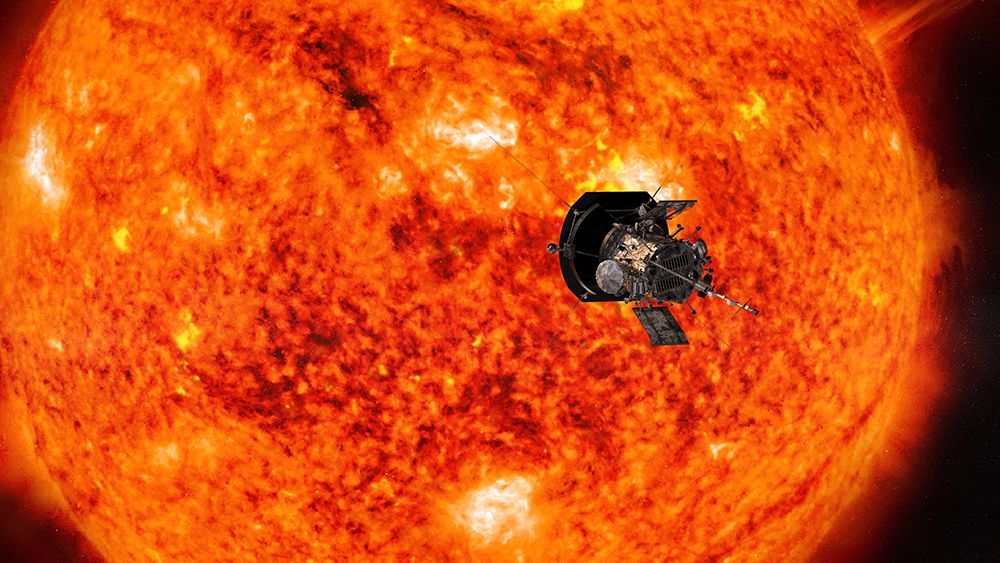The question of whether dinosaurs were facing a decline before the asteroid hit Earth 66 million years ago, resulting in the end of the Cretaceous period, which began about 145 million years ago, has been a source of debate for more than 40 years among paleontologists.
In the late 1970s, a discussion arose about whether dinosaurs were at their peak or were in decline before their extinction. Some researchers noticed that while there seemed to be an increase in dinosaur diversity during the geologic stage spanning 83.6 million to 71.2 million years ago, there appeared to be a decrease in the number of species in the last few million years of the Cretaceous. Some scientists interpreted this pattern to indicate that the asteroid that struck the Gulf of Mexico was simply the final blow for an already vulnerable group of animals.
However, others argued that the apparent decrease in dinosaur diversity could be an artifact of the challenges in accurately counting them due to factors such as fossil preservation biases. Because fossils are the main source of evidence to determine the health of dinosaur populations at the time of the asteroid impact, these biases present a problem.
To shed light on the diversity of dinosaurs at that crucial moment, the discovery, identification and description of new dinosaurs play a crucial role. This is where the recent work comes into play. A close examination of what was initially thought to be a juvenile specimen of a known dinosaur species from that time period revealed that it was actually an adult of a completely new species.
The study focused on the life stage of the specimen, demonstrating that dinosaur diversity might not have been in decline before the asteroid hit, but rather that there are potentially more species from that time period yet to be discovered – possibly even through the reclassification of fossils already in museum collections.
Our new study concentrated on four hindlimb bones – a femur, a tibia and two metatarsals, discovered in South Dakota in rocks dating to the final 2 million years of the Cretaceous. These bones were initially identified as belonging to a family of dinosaurs known as the caenagnathids – birdlike dinosaurs with toothless beaks, long legs, and short tails, covered in complex feathers.
The only known species of caenagnathid from this time and region was Anzu, also known as the “chicken from Hell”. Despite its fearsome nickname, its diet is a matter of debate. Anzu was likely an omnivore, consuming both plant material and small animals and weighed between roughly 450 and 750 pounds (200 and 340 kilograms).
Initially assumed to be a juvenile due to its smaller size, the specimen was found to be an adult of a new species, Eoneophron infernalis. Examination of the bone structure revealed that it had characteristics unique to this species.
This new evidence prompted a reexamination of other bones previously believed to be Anzu, resulting in the identification of at least two distinct caenagnathid species from the same time and region. This suggests that more caenagnathid dinosaurs lived in western North America during that period, expanding the understanding of their family tree.
The discovery also revealed parallels in both the species count and relative sizes when compared with older fossil formations. These findings provide compelling evidence that caenagnathids remained stable throughout the last part of the Cretaceous.
The new species indicates that this dinosaur group was not experiencing a decline in diversity at the end of the Cretaceous, and supports the idea that the pattern of decreasing diversity may be the result of sampling and preservation biases.
This discovery adds to the growing body of evidence indicating that caenagnathids were thriving before the catastrophic asteroid impact.














